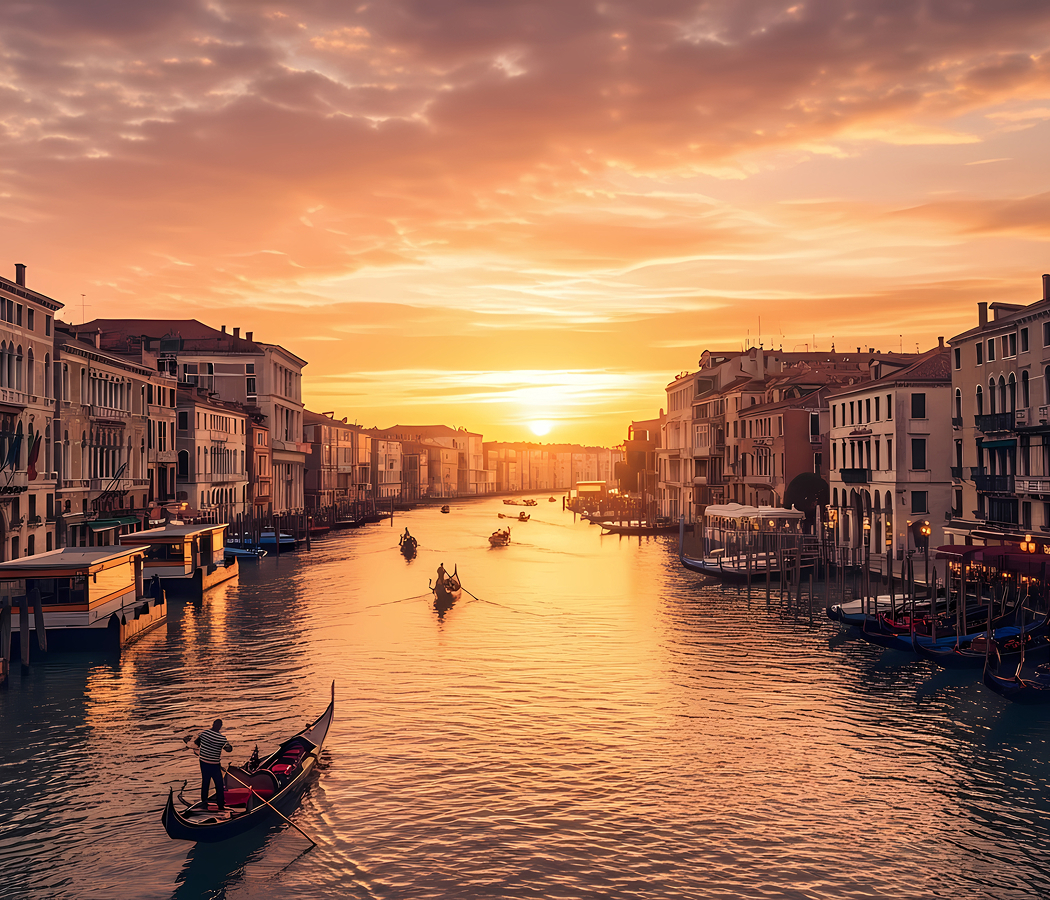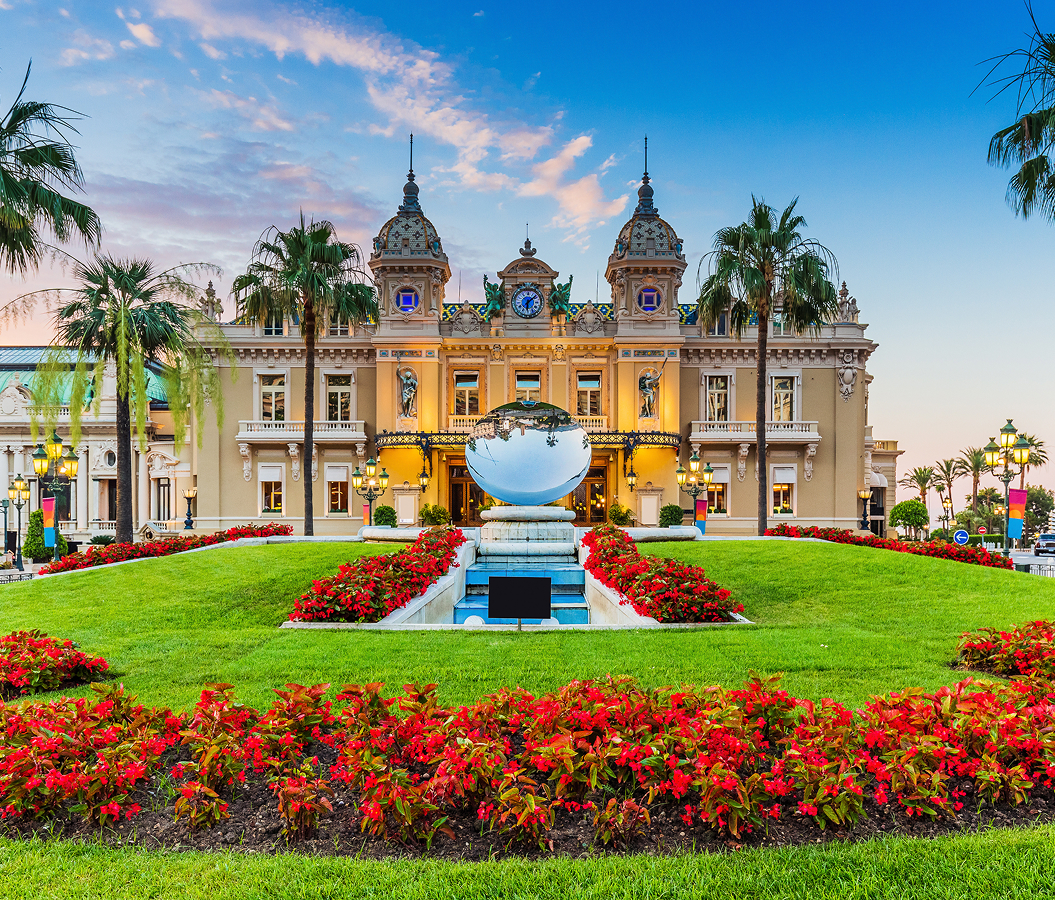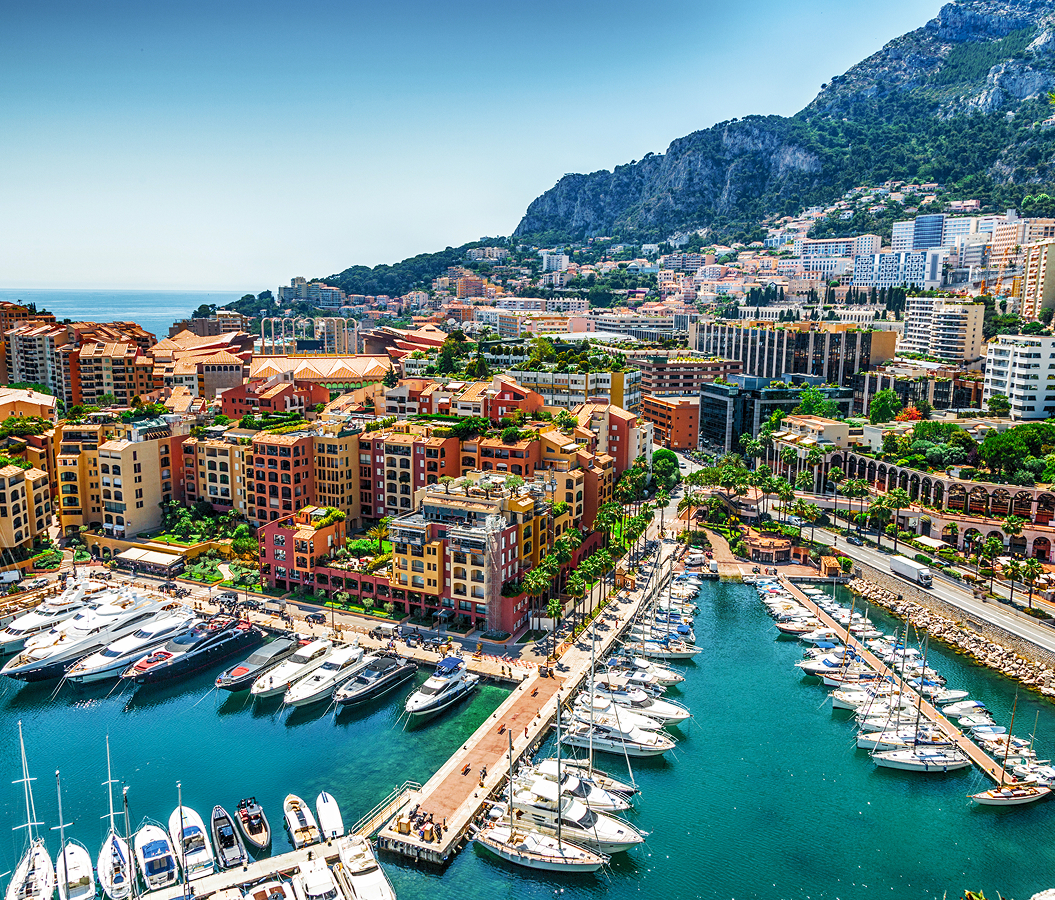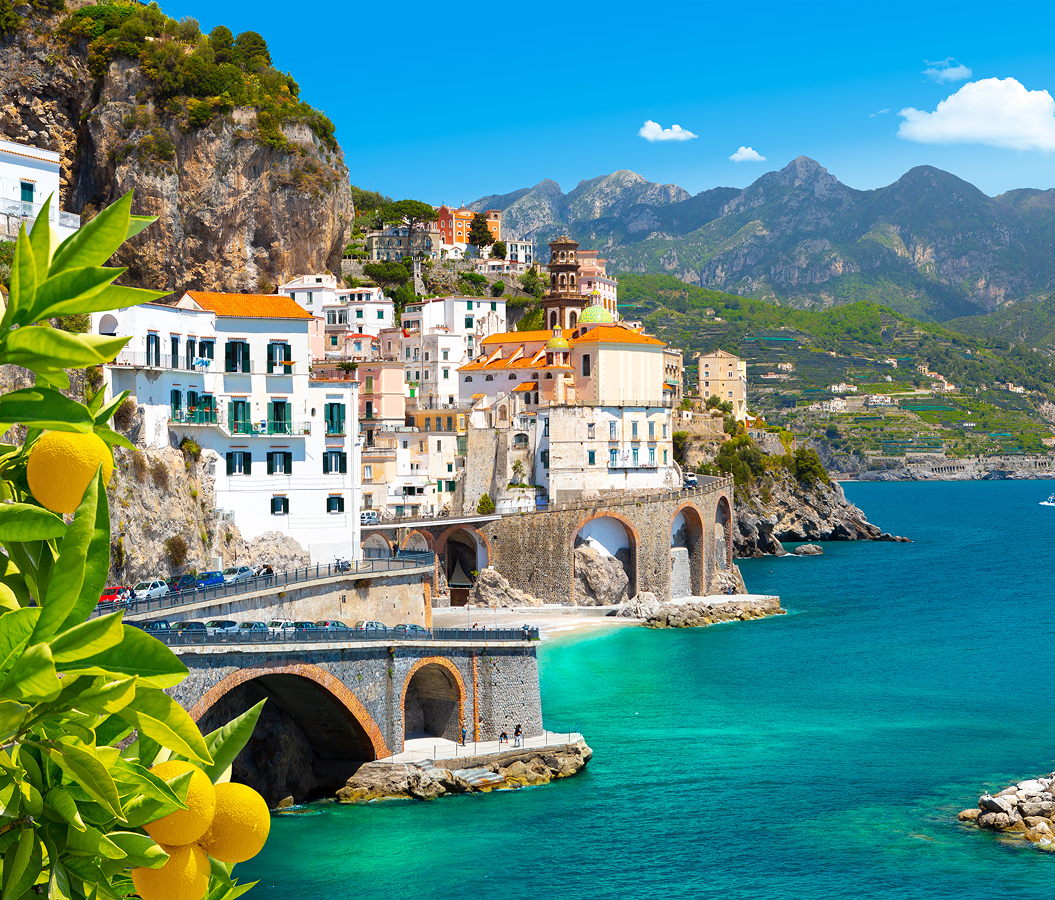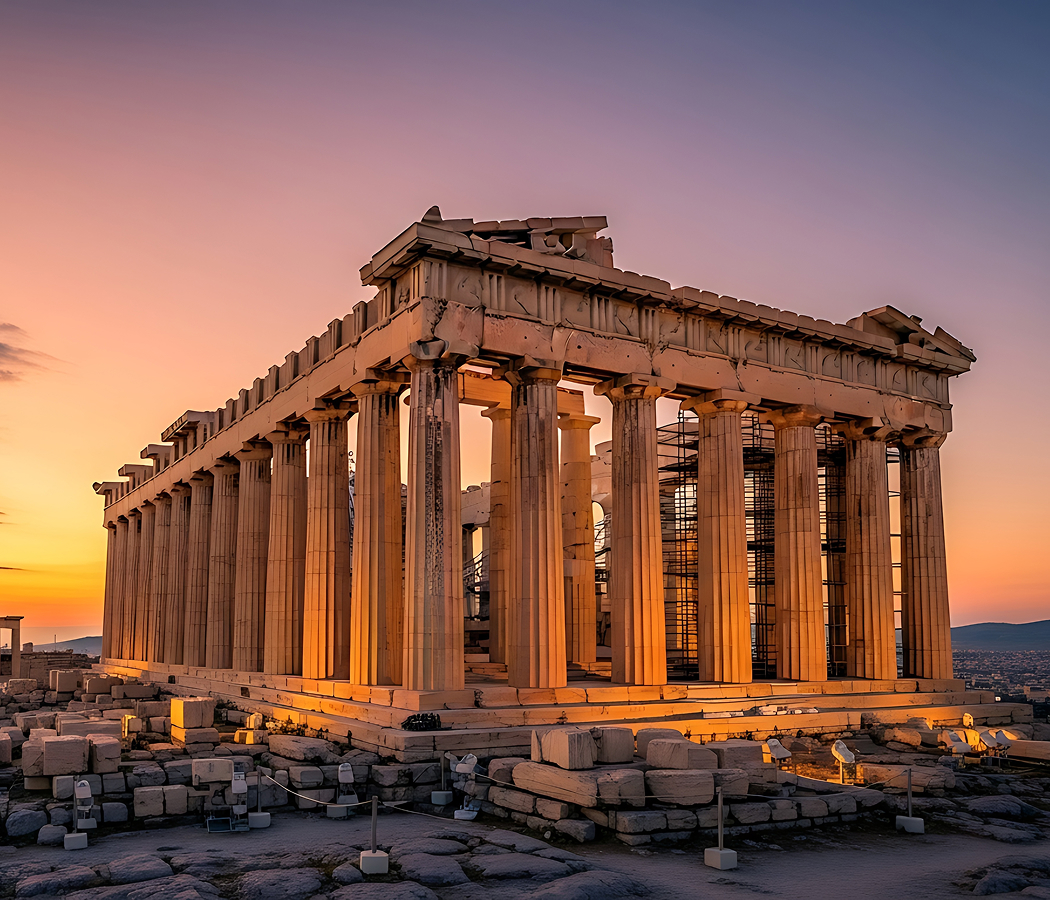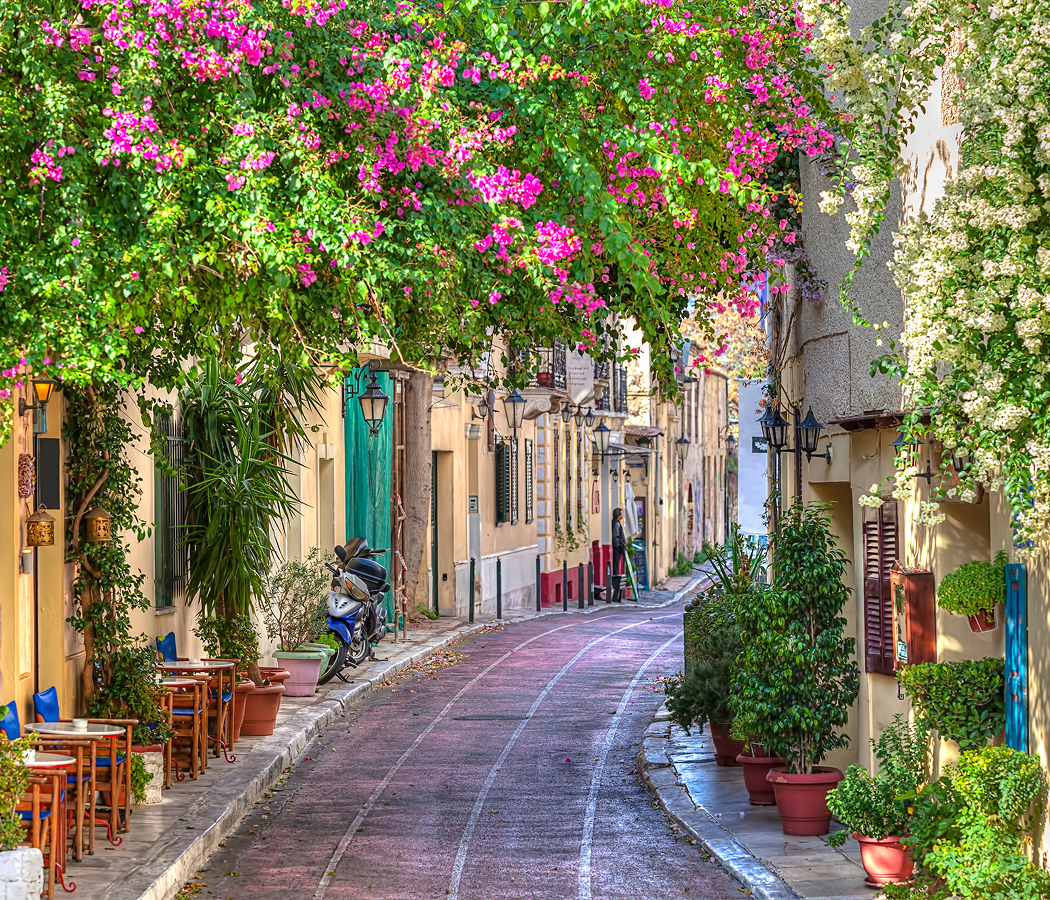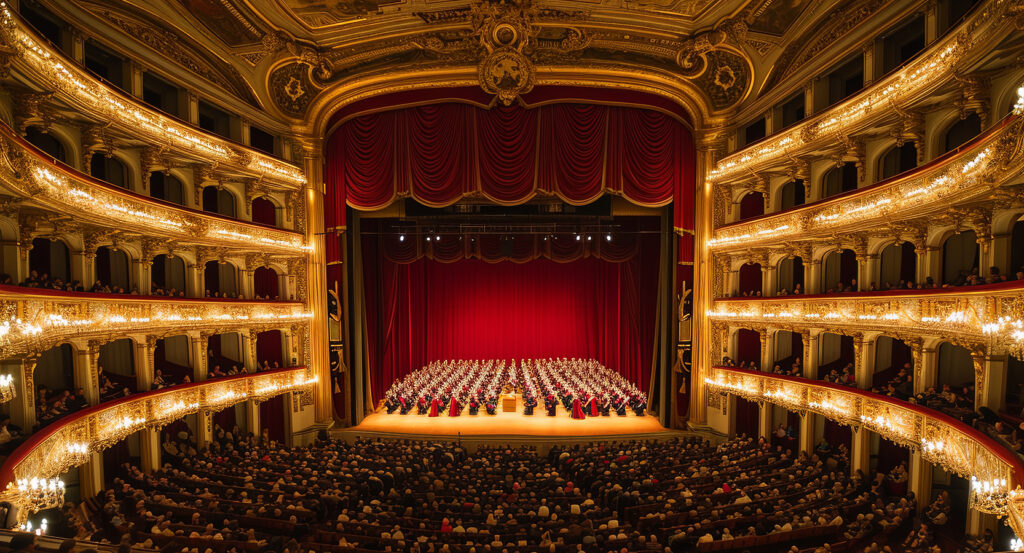
Why you should experience Teatro alla Scala in Milan.
Teatro alla Scala isn’t just an opera house, it’s the soul of Milan dressed in velvet and gold, the birthplace of Italian grandeur where emotion, elegance, and music collide.
Opened in 1778 under the patronage of Empress Maria Theresa of Austria, La Scala, as it’s affectionately known, stands as one of the world’s most legendary theaters. From Verdi’s revolutionary operas to Puccini’s heartbreaks and Toscanini’s baton, every note that has filled its hall carries the weight of centuries. Step into Piazza della Scala, and the façade appears modest, almost reserved, a neoclassical shell that hides a universe of splendor within. But the moment you cross the threshold, time dissolves. Inside, a cascade of red velvet, gilt ornamentation, and crystal chandeliers surrounds a horseshoe-shaped auditorium that glows like candlelight. Its acoustics are unmatched, warm yet precise, capable of turning a single voice into something transcendent. The atmosphere feels alive, electric with reverence, where even silence is sacred. To witness a performance here, whether opera, ballet, or symphony, is to experience Milan not as a city of fashion and design, but as a living cathedral of art. Every seat, every spotlight, every breath echoes with devotion to beauty itself.
What you didn’t know about Teatro alla Scala.
Behind its illustrious façade lies a story of resilience, rebirth, and relentless pursuit of perfection.
Teatro alla Scala was built after the original Ducal Theater burned down, funded by Milanese aristocrats who longed for a cultural temple worthy of their ambitions. Architect Giuseppe Piermarini designed it with mathematical precision to ensure flawless acoustics, a feat so successful that modern engineers still study it. During World War II, the theater was heavily bombed, reduced to rubble, yet within three years it was resurrected, symbolizing Italy’s determination to rise from ashes. When Arturo Toscanini conducted the reopening concert in 1946, the sound of applause carried not just through Milan but through history. Over the centuries, La Scala has premiered some of the most important works in opera, Verdi’s Otello and Nabucco, Puccini’s Madama Butterfly, Bellini’s Norma, and countless others that shaped global music. Yet the theater isn’t only a stage for masterpieces, it’s also a proving ground. Every debut here is a trial by fire; audiences are famously discerning, their silence more cutting than any critique. The tradition of excellence is so fierce that singers speak of “surviving” La Scala as a badge of honor. The theater’s backstage is an intricate labyrinth of workshops, costume rooms, and rehearsal spaces, a living organism that supports the artistry seen on stage. Its museum, the Museo Teatrale alla Scala, preserves costumes, instruments, and portraits of musical legends, offering a glimpse into the evolution of performance art across centuries. Even the red curtains, drawn by hand before every show, are symbolic, a ritual that links past to present. Renovations in the early 2000s restored the theater’s original glory while adding modern acoustical refinement, seamlessly blending heritage with innovation. This balance, between old-world craft and contemporary excellence, is what defines La Scala’s enduring power.
How to fold Teatro alla Scala into your trip.
To experience La Scala properly is to experience Milan at its most authentic, poised, passionate, and timeless.
Begin your visit in Piazza della Scala, where the statue of Leonardo da Vinci presides over the square like a guardian of genius. The theater’s exterior may seem understated, but that restraint only heightens the drama of what lies beyond. Step inside for a guided tour during the day to explore its gilded balconies, royal box, and the adjoining museum. Standing in the empty hall, you can almost hear echoes of Verdi’s arias reverberating from the crimson seats. If you’re able, plan your trip around a performance, tickets can be rare, but even standing room in the loggione (the upper gallery) offers an unforgettable experience. Dress elegantly; at La Scala, appearance is part of the ritual. Before the show, stroll through the nearby Galleria Vittorio Emanuele II for an aperitivo, a perfect prelude to an evening of artistry. When the curtain rises, surrender completely. Watch how the light spills across the stage, how every crescendo seems to lift the room, how applause rolls like thunder through the balconies. Afterward, step out into the Milanese night, where the square glows under the lamplight and echoes of the orchestra linger in the air. For the fullest immersion, visit during the theater’s opening season in December, when Milan itself seems to dress for the occasion. Even if you’re not an opera devotee, the experience transcends genre, it’s a communion with history, craftsmanship, and emotion that only La Scala can summon. Teatro alla Scala is more than a venue, it’s a living masterpiece, a heartbeat that has pulsed through Milan for nearly 250 years. To sit within its golden embrace is to feel what Italy does best, transforming passion into perfection, and performance into eternity.
Hear it from the Foresyte community.
Half the crowd’s locals judging every note, half tourists pretending to know the plot. Either way you get swept up in the spectacle and old money drama.
Where meaningful travel begins.
Start your journey with Foresyte, where the planning is part of the magic.
Discover the experiences that matter most.















